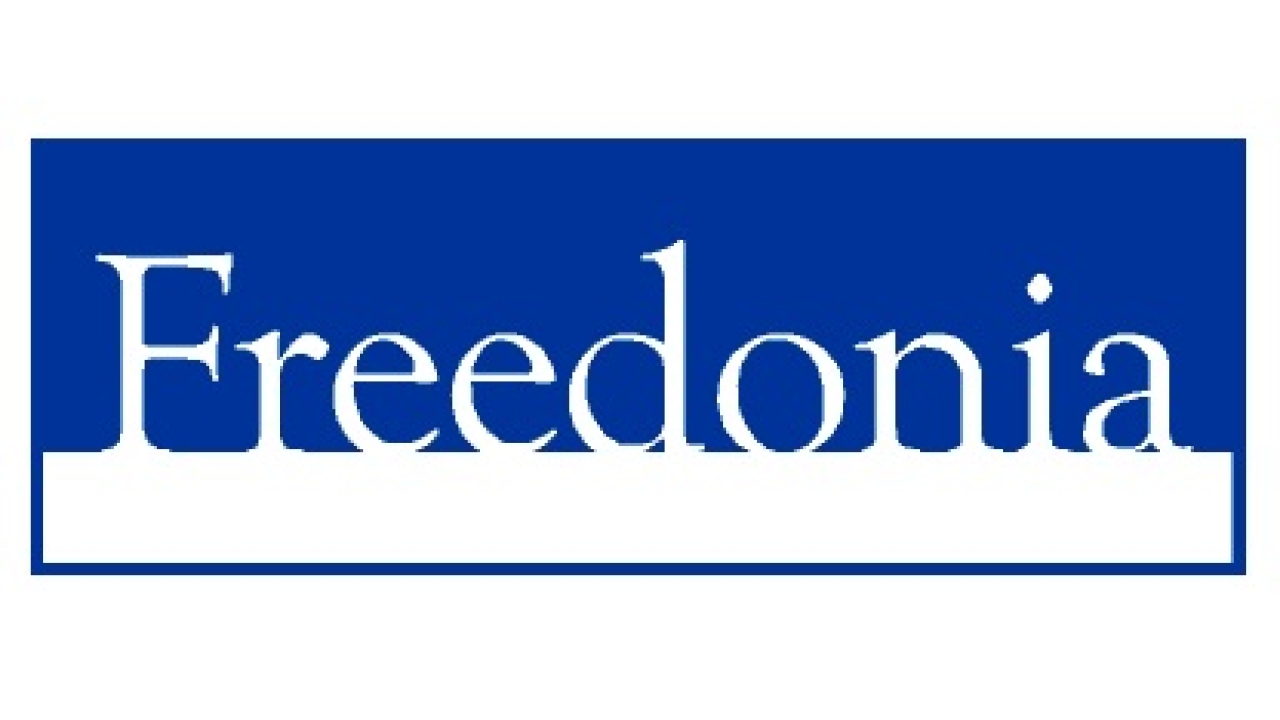US demand for aseptic packaging to outpace market

Demand for aseptic packaging in the US is projected to expand eight percent each year to US$5.1 billion in 2015, well above the overall packaging average according to a new study by industry market research firm Freedonia Group.
Growth will be driven by drug sterility requirements and ambient distribution and storage advantages for food and beverages. Specifically, Freedonia said, the increasing availability of biotechnology-based injectable drugs necessitates aseptic filling and packaging as such drugs tend to be heat sensitive, making the high heat used in terminal sterilization processes unfeasible.
The shelf stability of aseptic packaging will also fuel rapid growth in dairy-based beverages and other dairy products as it enables these perishable products to move through the supply chain unrefrigerated, Freedonia said. Advances will be moderated by the high capital investment of aseptic processing equipment and the reluctance of food and beverage firms to shift away from highly efficient hot-fill and retort processing operations.
Growth in aseptic packaging from 2010-2015 will be slower than the 2005-2010 period, although each product category will still see healthy gains. For instance, bags and pouches will see an annual growth rate of 5.2 percent each year to account for US$805 million of the US$5.1 billion in 2015, with cartons growing at 6.6 percent each year to make up US$605 million.
Pharmaceuticals were the largest aseptic packaging market in 2010, accounting for 64 percent of the total as reported in the Freedonia Group’s Aseptic Packaging study. Through 2015, demand is forecast to advance 8.4 percent annually to US$3.4 billion, reflecting the broadening availability and consumption of biotechnology-based drugs, and aseptic filling requirements with other liquid pharmaceuticals. Additionally, opportunities will be driven by preferences among healthcare providers for unit-dose delivery formats.
Growth for aseptic packaging in the beverage market will be restrained by the maturity of the fruit beverage market, expectation among US consumers for chilled milk and competition from hot-fill packaging, which has a well-established base. Gains in the food market will be driven by shelf-stability advantages, as well as by expanding applications in liquid, low-particulate and pumpable foods, often via the replacement of metal cans and glass jars.
The ongoing commercialization of biotechnology-based drugs will fuel above-average demand growth for aseptic vials and ampuls, and pre-fillable syringes, which are prevalent delivery systems for these drugs. Pre-fillable syringes will represent the fastest growing aseptic packaging product type through 2015, with demand projected to expand 11 percent yearly to US$1.1 billion. Moreover, opportunities for aseptic pre-fillable syringes will benefit from safety and convenience advantages and the prevalence of chronic conditions necessitating lifetime drug regimens, Freedonia said.
Stay up to date
Subscribe to the free Label News newsletter and receive the latest content every week. We'll never share your email address.

